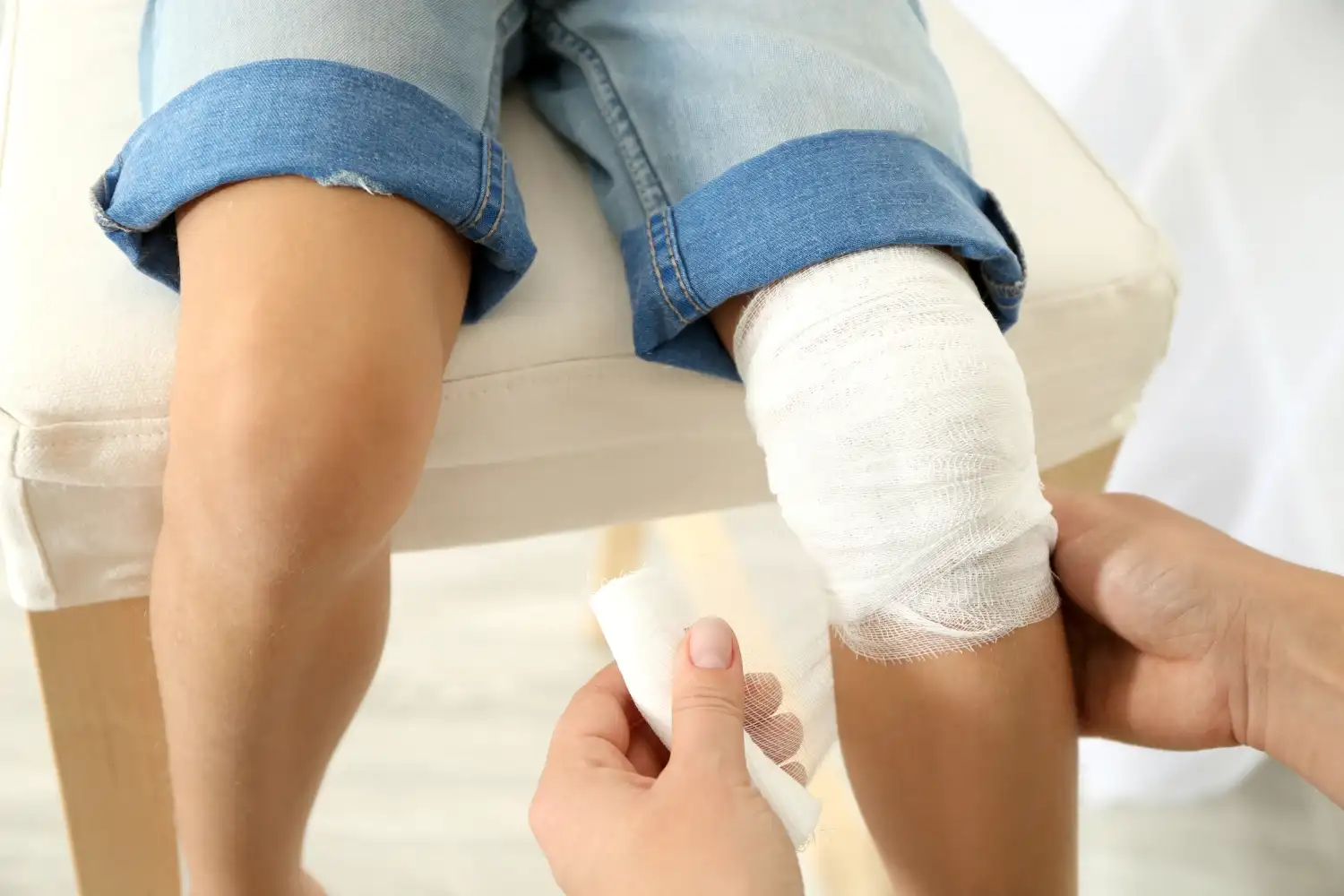Pediatric fracture treatment focuses on managing and healing fractures in children’s bones, which are still growing and more flexible than adult bones. Paediatric Fracture Treatment in Chennai offers prompt and specialized care that is crucial to ensure proper healing, prevent complications, and help children return to their normal activities without long-term issues.
Understanding Paediatric Fracture Treatment
Paediatric Fracture Treatment in Chennai is a specialized area of orthopedic care aimed at managing and treating fractures in children. Children’s bones, being more pliable and still developing, require tailored treatment methods to promote proper healing. Fractures commonly occur in the knee, hip, ankle, or elbow, often due to falls, sports, or accidents. Clinics offering Paediatric Orthopedic Injury Treatment Chennai ensure precise care for full recovery.
Importance of Early Intervention
Early and effective treatment is essential to ensure that bones heal correctly. Children’s bones typically heal faster than those of adults, making timely intervention critical. Paediatric Fracture Treatment in Chennai emphasizes quick assessment and personalized care to reduce recovery time and minimize long-term complications.
Common Types of Paediatric Fractures
Identifying Common Paediatric Fractures
Children commonly experience the following types of fractures:
- Greenstick Fractures: The bone bends and cracks but does not break completely.
- Torus (Buckle) Fractures: Caused by compression, typically affecting the wrist.
- Growth Plate Fractures: Involve areas of developing bone tissue and require careful attention through paediatric fracture remodeling in Chennai.

Symptoms of Paediatric Fractures
Children with fractures may display:
- Pain and tenderness at the injury site
- Swelling and bruising
- Difficulty moving the affected limb or joint
- Visible deformity, such as bending or unnatural angles
Diagnosis and Initial Assessment
Accurate diagnosis is made using physical exams and imaging such as X-rays or MRIs. Clinics that provide Paediatric Orthopedic Injury Treatment Chennai ensure fast and accurate assessments to begin appropriate care quickly.
Treatment Approaches
Non-Surgical Paediatric Fracture Treatment
Many fractures in children heal successfully without surgery. Common non-surgical methods include:
- Casting and Splinting: Immobilizes the bone for natural healing.
- Bracing: Provides support while allowing limited movement.
- Closed Reduction: Manual realignment of the bone followed by immobilization.
These techniques are widely used in Paediatric Orthopedic Injury Treatment Chennai.
Surgical Paediatric Fracture Treatment
In severe or complex cases, Paediatric Fracture Surgery in Chennai may be necessary. Surgical options include:
- Open Reduction and Internal Fixation (ORIF): Realigning and securing bones using screws, rods, or plates.
- Growth Plate Surgery: Special surgical care to protect and preserve growth plates.
Rehabilitation After Treatment
Rehabilitation is vital to restore movement and strength. Following Paediatric Fracture Surgery in Chennai, physical therapy and gradual reintroduction of movement help regain full functionality.
Healing and Recovery
Understanding the Healing Process
Children’s bones heal quickly, but careful monitoring is needed to ensure proper growth:
- Rapid Bone Regrowth: Healing may begin within weeks.
- Bone Remodeling: The bone reshapes itself over time, a process more pronounced in children.
- Growth Plate Monitoring: Ensures future bone development is unaffected — a focus in paediatric fracture remodeling in Chennai.
Factors Affecting Recovery Time
- Age: Younger children generally heal faster.
- Type of fracture: Complex breaks may take longer.
- Compliance with treatment: Following medical advice improves healing outcomes.
Clinics specializing in Paediatric Fracture Surgery in Chennai develop tailored recovery plans.
Ensuring a Smooth Recovery
Regular follow-up visits are crucial for monitoring progress. Clinics offering paediatric fracture remodeling in Chennai ensure the healing bone grows correctly without misalignment or deformity.
Prevention of Future Fractures
Strategies to Prevent Injuries
- Safe Play Practices: Educating kids on safety while playing or participating in sports.
- Use of Protective Gear: Helmets, knee pads, and other equipment reduce risk.
- Nutritious Diet: Adequate calcium and vitamin D strengthen bones.
- Regular Exercise: Weight-bearing activities build bone density and strength.
Educating Parents and Caregivers
Empowering parents is key. Awareness and early response can prevent complications and ensure the effectiveness of Paediatric Fracture Treatment in Chennai.
Conclusion
Paediatric Fracture Treatment in Chennai provides the specialized care needed for children’s growing bones. Whether managed through non-invasive methods or advanced procedures like Paediatric Fracture Surgery in Chennai, the goal is complete healing and a return to full activity.
Supported by expert-led Paediatric Orthopedic Injury Treatment Chennai and advanced paediatric fracture remodeling in Chennai, children can recover quickly and safely. With comprehensive rehabilitation and preventive care, families can ensure lasting recovery and better bone health.


